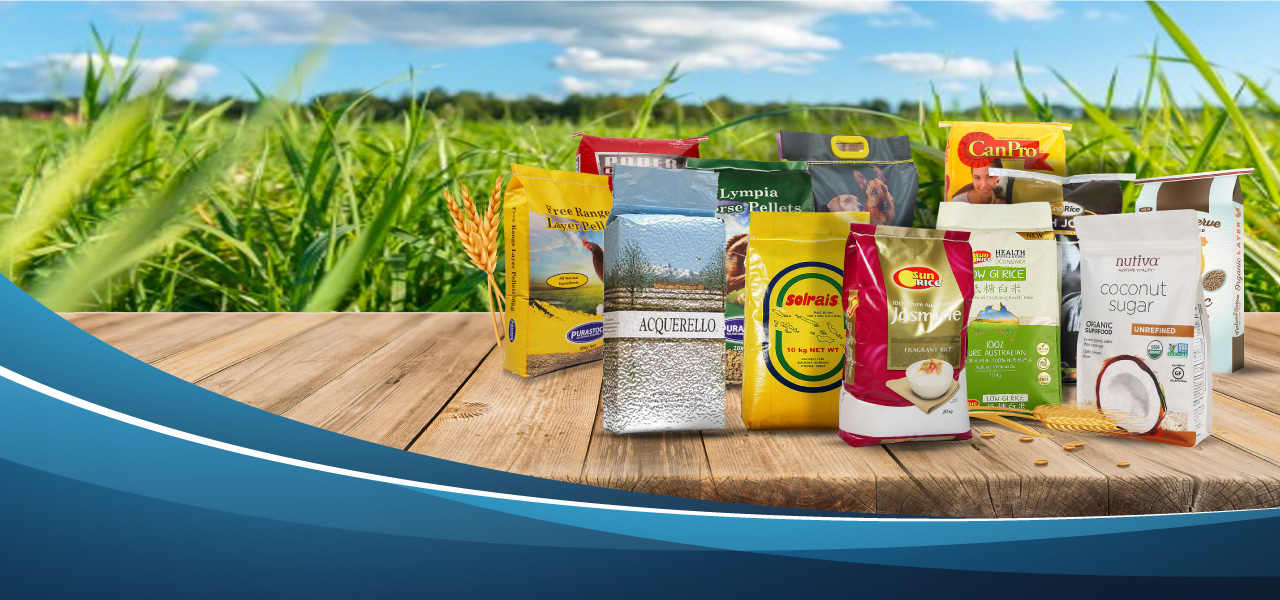What is Eco-friendly packaging?
The growth of online shopping has led to a boom in e-commerce packaging and more waste in landfills.
If you are an e-commerce merchant who wants to be more environmentally friendly, then one of the biggest areas you can look into is your packaging.
Eco-friendly packaging, also known as sustainable packaging, refers to packaging designs that have the lowest environmental impact possible. They achieve this by limiting the packaging waste created, maximizing sustainable materials (such as recyclable or biodegradable packaging elements), and the use of renewable energy during production. In short, sustainable packaging and eco-friendly packaging are all about being mindful of your business’s carbon footprint.
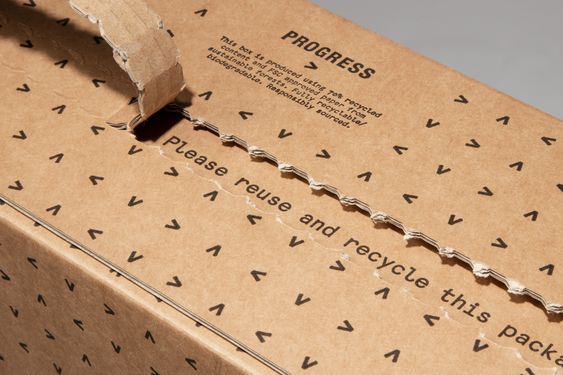
Though consumers can purchase sustainably-made goods easier now than in the past, and though they are actually purchasing more of these products for themselves on a day-to-day basis – yet packaging still matters.
Why eco-friendly packaging? what’s the packaging marketing situation right now?
In a recent study, more than 19,000 consumers between the ages of 18 and 73 from 28 countries were surveyed about their purchasing decisions and how they have changed. The findings highlight the importance to consumers of different products and the materials used in their packaging.
With the growth in consumption, product packaging has become one of those factors that influence purchasing decisions. To meet customer demand for eco-friendly products there are many different packages being introduced onto marketplaces today!
What kind of problems and situations will the packaging markets face? What will happen to the packaging industry? Let’s see together!
Eco-friendly packaging, or green packaging, is a way to push back against traditional, highly disposable shipment methods. After all, almost half of the plastic produced worldwide will only be used once before it is thrown away.
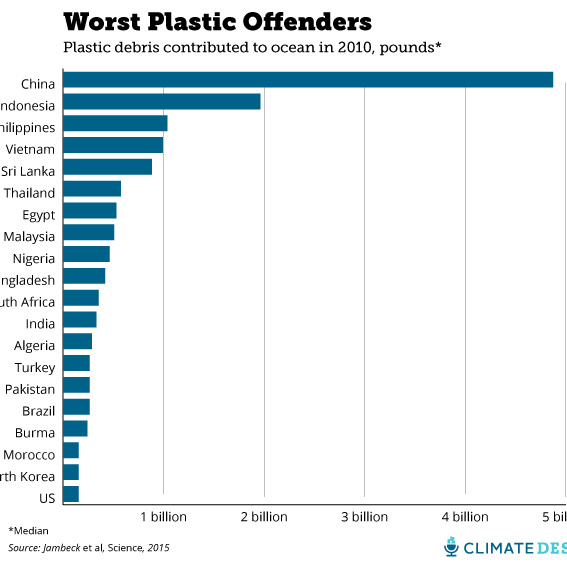
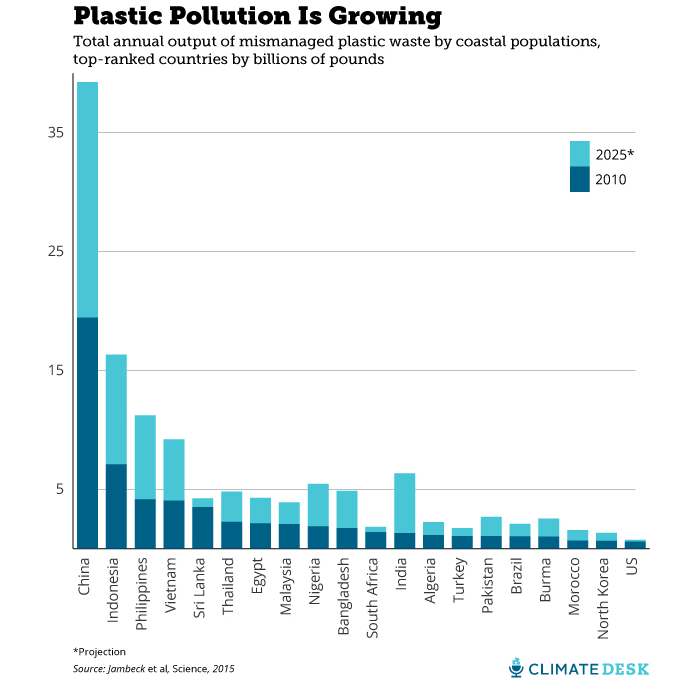
Data from : CLIMATEDES
#Problem 1 : Excessive Packaging
#Problem 2: Non-Biodegradable, Non-Recyclable Materials
We have been using plastic in almost all of the packaging we come across because it is water and tear-resistant. But, as you may know already or will learn later on this topic; there are some downsides to plastics such as needing fossil fuels for production which means they don't always get recycled back into society when their use ends.
Take the dreadful polybag, for example. Pretty much everything you buy online—from electronics and apparel to home goods and food—comes wrapped in a thin, polyethylene, virgin plastic bag.
Grocery shoppers have been using the same material as plastic grocery bags for decades now, but they're not really recycled or composted at all. In some places like Canada it's Legal to put these into your regular garbage bin if you don't mind doing some extra work - which only about 10% of people will actually do.
#Problem 2: Non-Biodegradable, Non-Recyclable Materials
We have been using plastic in almost all of the packaging we come across because it is water and tear-resistant. But, as you may know already or will learn later on this topic; there are some downsides to plastics such as needing fossil fuels for production which means they don't always get recycled back into society when their use ends.
Take the dreadful polybag, for example. Pretty much everything you buy online—from electronics and apparel to home goods and food—comes wrapped in a thin, polyethylene, virgin plastic bag.
Grocery shoppers have been using the same material as plastic grocery bags for decades now, but they're not really recycled or composted at all. In some places like Canada it's Legal to put these into your regular garbage bin if you don't mind doing some extra work - which only about 10% of people will actually do.
#Problem 3: ‘Biodegradable Plastic’ Greenwashing
People are turning to biodegradable plastics as an alternative because they're aware of how bad single-use plastic is for our planet. This new generation wants sustainable products that will gradually break down and disappear over time, rather than remaining forever in seas or landfills where it can cause serious pollution issues.
Some of these types of bio-plastics simply break down into smaller and smaller pieces, causing microplastics or plastic-like bits that are perhaps more destructive and even harder to clean from our lands and waterways than whole plastic products. Others, primarily oxo-biodegradable products, rarely even break down at all. And others still can actually be composted, but it has to be at an industrial facility, not your backyard compost, that's meaning consumers are much less likely to actually get that good to the necessary location where it can be broken down properly.
Therefore, what to look for in eco-friendly packaging? Here we got several eco-friendly packaging materials!
Palm leaf products
Palm leaf products are often used in place of plates, trays, and bowls. These items can be composted or washed to reuse them again with no harm done!
This so-natural product cracked out from the sources like vegetable fats, pea starch, corn starch shows the similarity of a usual plastic though embodied with the renewable and recycling characteristics. Unlike plastics taking a big bout to form from the finite oil and hundreds of years to decompose the bioplastics are worthy to foster our environment with low greenhouse gases impact.
Forest Wood
Wood packaging involves utilization of wooden products that are made out from renewable plant resources for packaging of boxes, cases, drums, crates, pallets, box pallets and other similar packaging products to hold commodity.
Recycled paper
The recycled paper packaging products contribute to the glory of the environment through their inherited significant properties of compostable and biodegradable alongside some notably benefiting non-polluting, clean, and safe characteristics. In addition, the consumption of energy for the production of eco-friendly packaging products with recycled paper acquires less than the products that come out from trees.
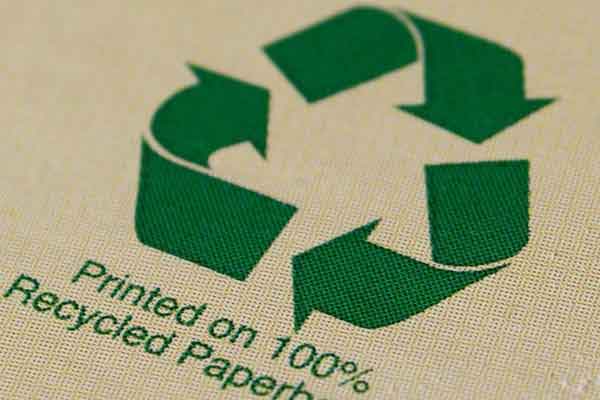
Plant Starch
Plant Starch Materials extracted from renewable crops are biodegradable plastics with flexible nature. Starch derived from potatoes, corn, cassava root called Tapioca, and grass fibers individually constitutes for the production of eco-friendly packaging products that are bio-based. In addition, they are heat resistant and fit stringent to carry hot food.
So, you must wondering how to make your business more eco-friendly right now?
Here we list 10 simple tips below which will help you wisely optimize website spendings and make your business more attractive to eco-conscious consumers. No matter which of these steps you will take, remember to inform customers about all green activities you are involved in.
1.MAKE YOUR PACKAGE DESIGN FUNCTIONAL
A food container shaped as a teddy bear or a puzzle box will ensure that packaging gets a second life and won’t end up in landfills.
2. REDUCE PACKAGING
Though eco-friendly options like opting out of packaging is highly desirable, it’s not always practical. By reducing your need for materials and transportation you can significantly cut down on costs!

3. PROMOTE YOUR PRODUCTS USING LONG-LIFE ITEMS
Select substantial items like pencils, bags, t-shirts, mugs etc. for your marketing campaigns. These promo materials can be used for a long time and will definitely increase your brand awarenes
4. INSTRUCT CUSTOMERS
Dell's eco-friendly efforts are tangible in their corporate website pages as well. Not only does the company have a section on how it strives to be more environmentally conscious, but also includes information about recycling possibilities across different world regions so that consumers can do something good with our used products.
5. PROMOTE YOUR PRODUCTS USING LONG-LIFE ITEMS
Select substantial items like pencils, bags, t-shirts, mugs, etc. for your marketing campaigns. These promo materials can be used for a long time and will definitely increase your brand awareness.

6. USE BIODEGRADABLE MATERIALS
Many marketers avoid using compostable eco-friendly packaging because it’s more expensive and looks less appealing. But all they need to do is to find a green material that suits their specific business needs. E.g. Soy-based ink is a sustainable option that offers a rich set of colors, spicing up plain boxes. Plastic packaging is another option, as it can be recycled or reused.
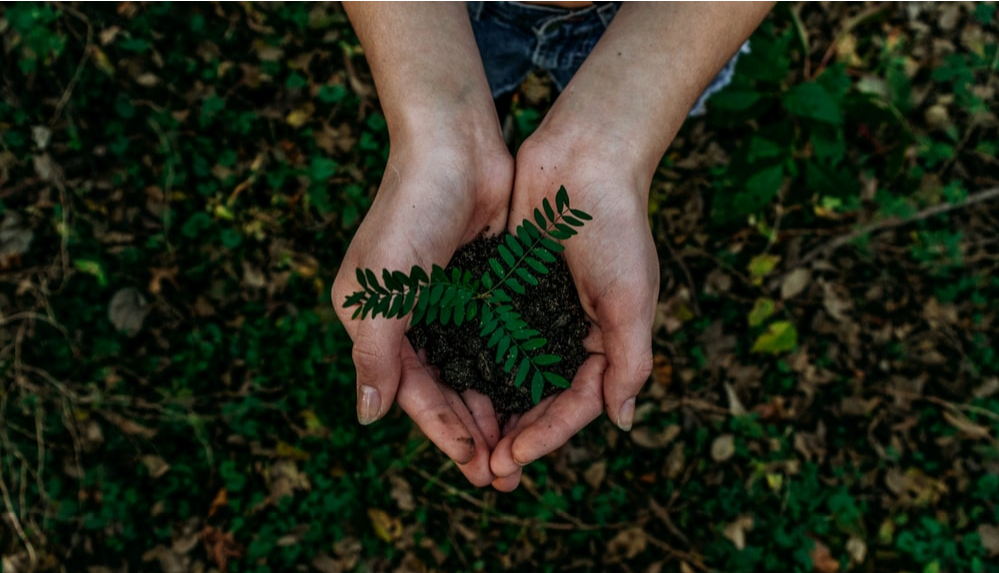
7. DON’T MIX ITEMS INCOMPATIBLE FOR RECYCLING
Two or more polymers used together may prevent packaging of recycling. Therefore, while choosing plastic materials for your package stick to one single plastic-type.
8. OFFER RELATED ECO-FRIENDLY SERVICES
Refilling printer ink or reusing any kinds of packing materials will not only cut down on customer spendings but will attract them to you as a green business in eco-friendly packaging.
9. BECOME AN EXAMPLE TO FOLLOW
Utilize green hosting. Green web hosts companies that participate in a great number of activities, such as forest planting, using renewable energy sources, and many others. Apart from that, most green companies cost less than their non-eco-friendly rivals.
Properly recycle your own garbage.
Make your business paperless by shifting to electronic workflow if possible.
Motivate and engage your employees by rewarding them with new eco-friendly packaging ideas and positive changes.
10. FIND WAYS TO SCALE ‘GLOBAL’ IDEAS FOR YOUR SMALL BUSINESS
1. Stock up with recycled paper for your packaging.
2. Find local paper suppliers (paper recycling plants or centers) to reduce spending on eco-friendly packaging. This way you can support local recycling activities and encourage
3. Think out of the box! For example, offer your employees to take a couple of cardboard boxes or a bag of plastic glasses and bottles home to include them into their municipal recycling programs at a zero cost to your company.
4.Even a small company can reduce printed output by using a slide projector for its presentations instead of printing out the slides.
How Large and Small Scale Businesses can Use Eco-Friendly Packaging
Although green packaging is the current trend of market economy development, there are also different contingency methods for enterprises of different sizes.
Large and small-scale businesses may require different approaches to adopting eco-friendly packaging, mostly due to variables like cost, production volume, and the variety of products being shipped.
Large-Scale Businesses
For large companies like Amazon and Alibaba, the difficulties of adopting sustainable packaging are two-fold. First, they need to ensure that all their suppliers comply with uniform regulations; this is not easy when many ship goods across different countries or even around the world.
Making a wholesale packaging switch might be a slow and painful process. Second, as these sites offer millions of products, they must be able to find a producer who can create packaging that is flexible to every item available on the site, and do so at scale.
However, the environmental impact of improving packaging for giant retailers is undeniable. These three e-commerce retailers alone probably dwarf all other businesses in their region in terms of packaging waste.
Therefore, a large business could streamline its transition to sustainable packaging by partnering with a factory or large corporation that uses green replacements for traditional materials. These producers will be able to adapt to the needs of a massive operation that ships out thousands, or even millions, of different products every day.
Small-Scale Businesses
A small e-commerce business might look like anything from an individual’s craft store – selling just a few items a month – to an independent bookstore that sells a few hundred products a month in eco-friendly packaging.
However, for the most part, smaller businesses will deal with a much less varied set of products, meaning they might be able to depend on a single packaging system.
Small e-commerce stores looking to implement green packaging would be a great fit for startups like Limeloop or Repack since they would be able the handle the reusable package turnover more easily.
While a reusable package model might require some upfront costs, depending on the provider, these options tend to be cost-neutral – or even more cost-effective – for small businesses in the long term. They also eliminate waste of all kinds, a goal which is next to impossible for any large company.
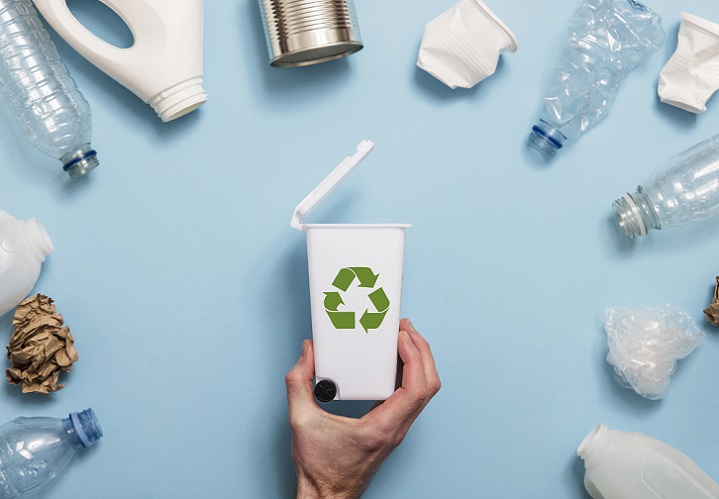
Conclusion:
To be eco-friendly, packaging can be biodegradable (but preferably compostable), recyclable, reusable, non-toxic, made from recycled products, based in biomass or natural products, or manufactured through low-impact means. Enterprises that choose eco-friendly packaging can more effectively save money from packaging costs, transportation, and distribution. At the same time, it can better establish a green and healthy brand concept and increase consumer attention and confidence. Increasing brand prestige and market share virtually.
Therefore, you may need to choose a reliable packaging supplier! PrimePac——can be your first choose!
About PrimePac
At PrimePac, we bring together design experts and brand innovators to create fresh ideas, customized packages, and fully efficient processes.
We design creative packaging solutions that cater to a diverse global audience with the in-house knowledge and network of experienced professionals to meet the demands of every type of client.
From our dedicated sales team and warehouse staff in Australia to the experts at our production facilities in China, all of our employees are guided by four core values at the heart of our business: integrity, innovation, passion, and engagement.


NETWORK
With our team in China and Australia working as one, we reduce inefficiency so that you deal with one streamlined team from manufacturing right to delivery.
Service support team located in Guangzhou, the manufacturing hub of China, providing rapid response, and local industry knowledge. Warehouse and 3PL net work located in Sydney, to provide rapid distribution, and delivery to your customers.
